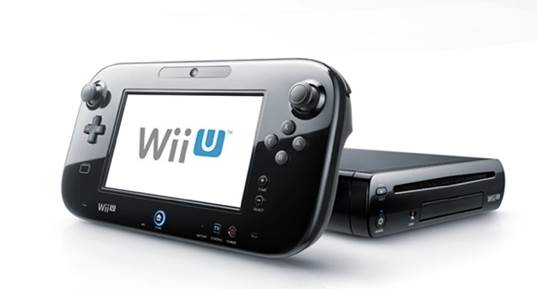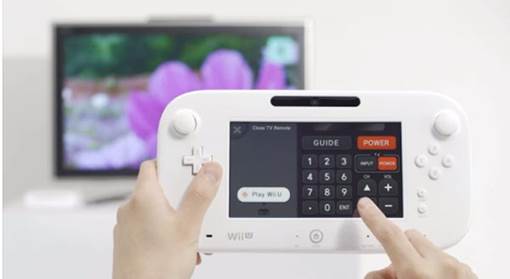Nintendo's new console is an anomalous
object in the game console market, but that’s not true for Nintendo. Only in
the past decade, the company popularized gaming with the stylus, with
microphone and motion-based gaming, and once again promote the game control
input. And much like the previous consoles, the hard lessons drawn from the
past formed the basis of the latest efforts: the Wii U and its handle that
looks strange but is normally named, "Gamepad".

Nintendo
Wii U
For example, the Wii U game console itself
looks almost identical to the original Wii. It is longer (10.6 inches vs. 8.5
inches of the Wii), slightly rounded at the edges, and has one HDMI port on the
back, but overall it quite looks much like its stubby predecessor. It would be
enough to confuse you if the two are located in the same entertainment center.
Naturally, the enhanced internal and Wii backwards compatibility mean that you
will be able to replace the virtual tennis machine if you choose to buy it.
Of course, the GamePad is the real star of
the show here, strengthened by Nintendo’s ambitious "TVii" test. For
sure, everyone’s favorite Italian plumber looks super in HD, but the way the software
utilizes a tablet with a multi-faceted screen / the traditional game controller
"hybrid" is such an important thing. So, how does the Wii U do? Let's
find it out below.

Of
course, the GamePad is the real star of the show here, strengthened by
Nintendo’s ambitious "TVii" test.
Hardware
Panel
The Wii U is a small box quiet that easily
slides into the media centers at home. Obviously there is a base (at least, in
the deluxe version), but we chose to lay it on its side – it takes up less
space, and all the writing on it was shown horizontally. How can’t we follow
the font? It will take another HDMI place on your HDTV (fortunately, there is a
cable that is included in the Wii U’s box), although the component is optional
(which is sold separately). Think of the port on the back of the Wii U’s box,
which is just what you have on the Wii original, except for some very small
changes. First, the AC power port is changed a little bit to accommodate the larger
new adapter of the Wii U. On the other hand, the only difference is the
addition of an HDMI port due to the components of the console: its multi-core
processor based on the IBM Power and an AMD Radeon custom HD GPU. You can
directly plug the old Wii’s sensor bar if you do not like the new one that you
will find in the box.

The
console’s back
There are also two storage versions, with
the $300 model that only has 8GB built-in flash memory, whereas the $350 model has
32GB. It is not very important, because both the external hard and flash drives
are supported. Four USB ports arranged in a long black rectangle will provide
redundant support. If they are not enough, one front SD slot is located
underneath the optical drive tray, tucked behind a sliding wall with smooth
plastic with the two USB ports mentioned above. Like the gamepad that it supports,
the Wii U is made of glossy plastic that easily catches fingerprint smudges.
Dust and cat hair in our testing apartment liked the appearance of the Wii U.
We did not. Unless you live in a vacuum cleaner, there is no way the Wii U can
get out of the situation and seem scruffy. We tried the black deluxe version
for a week and it looked as if it was located in an ancient tomb. In addition
to the surface, it is a beautiful black rectangle, discreetly taking up less
space of our precious leisure center – you will not find any complaints here.